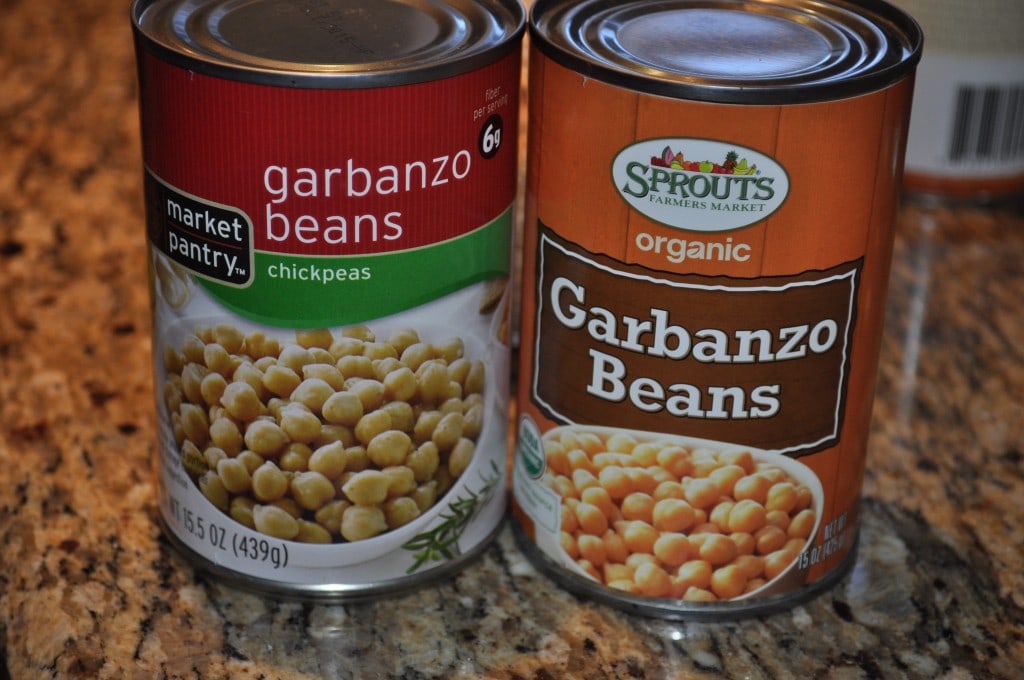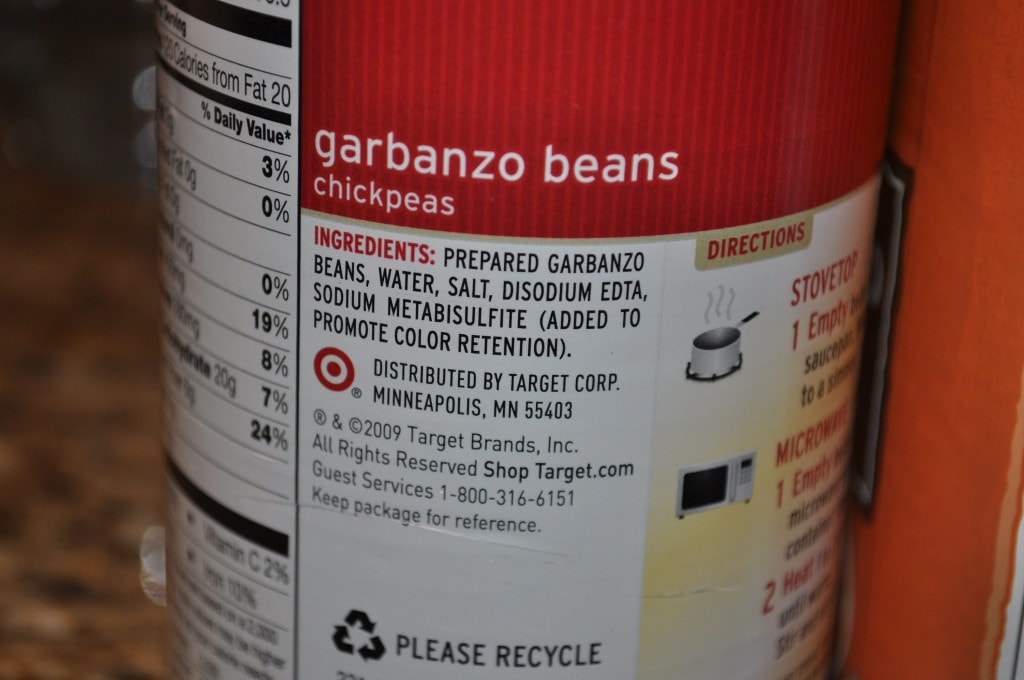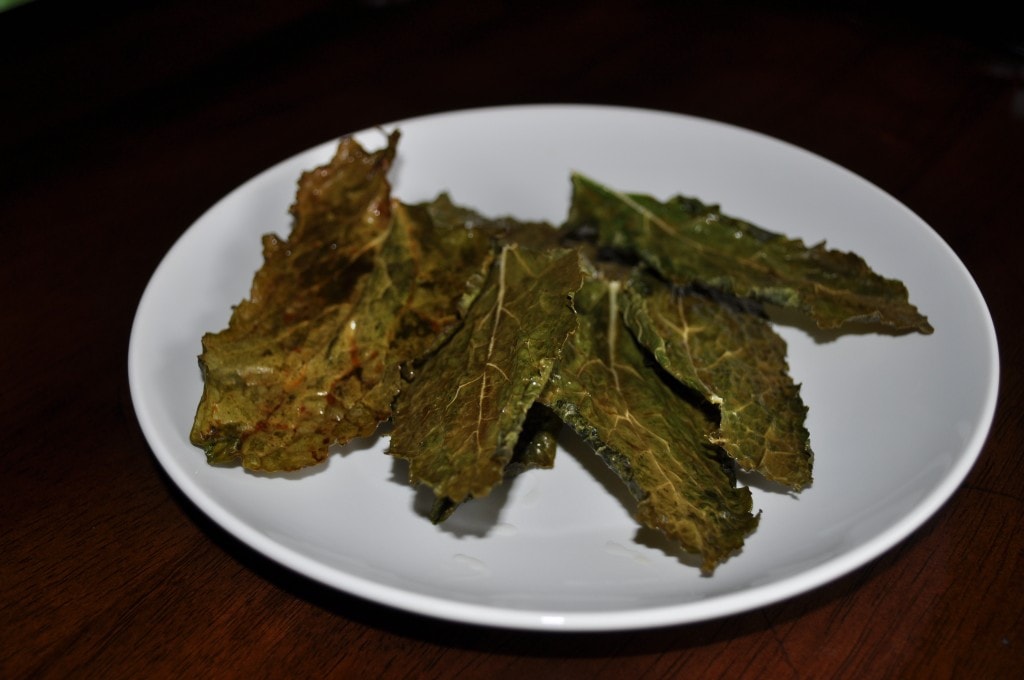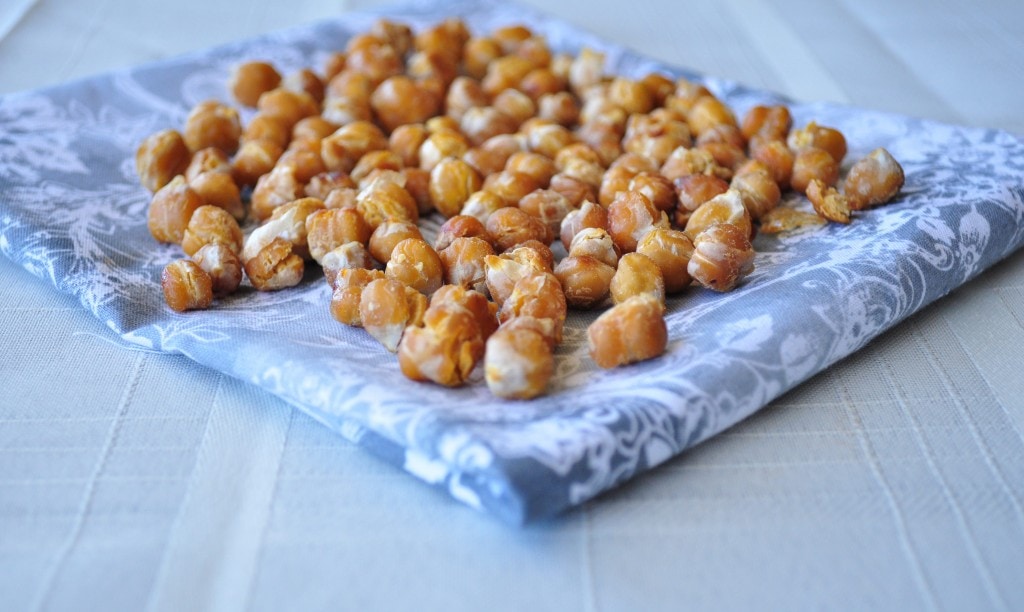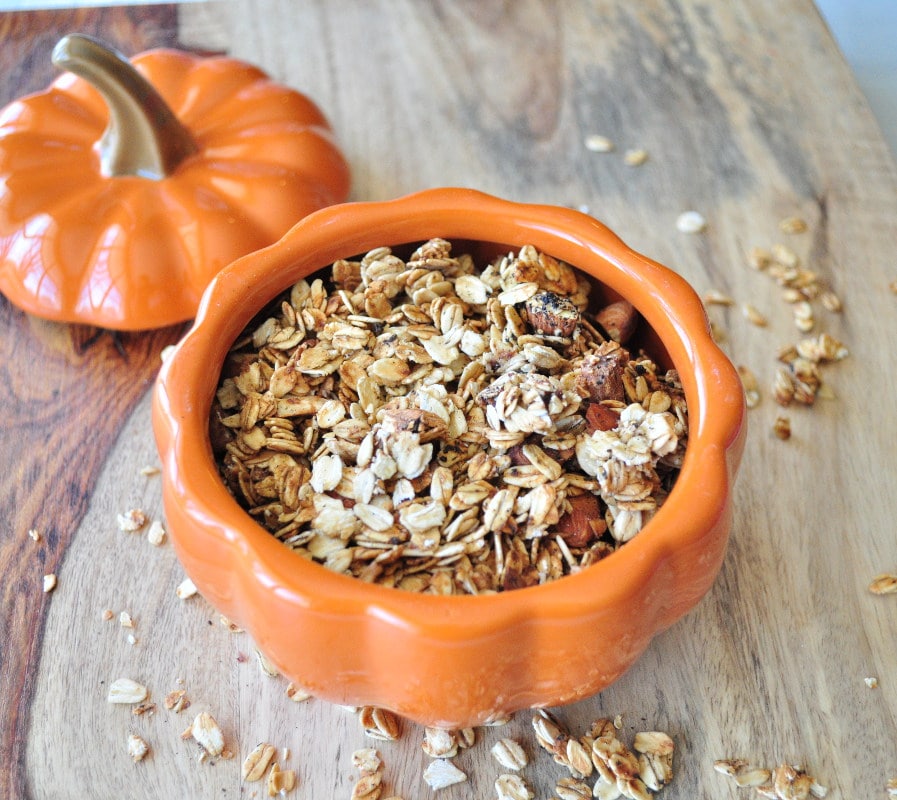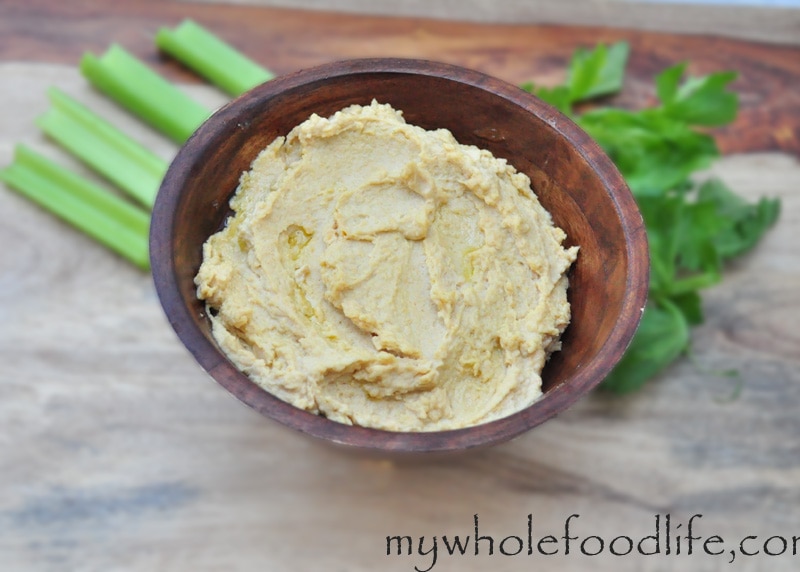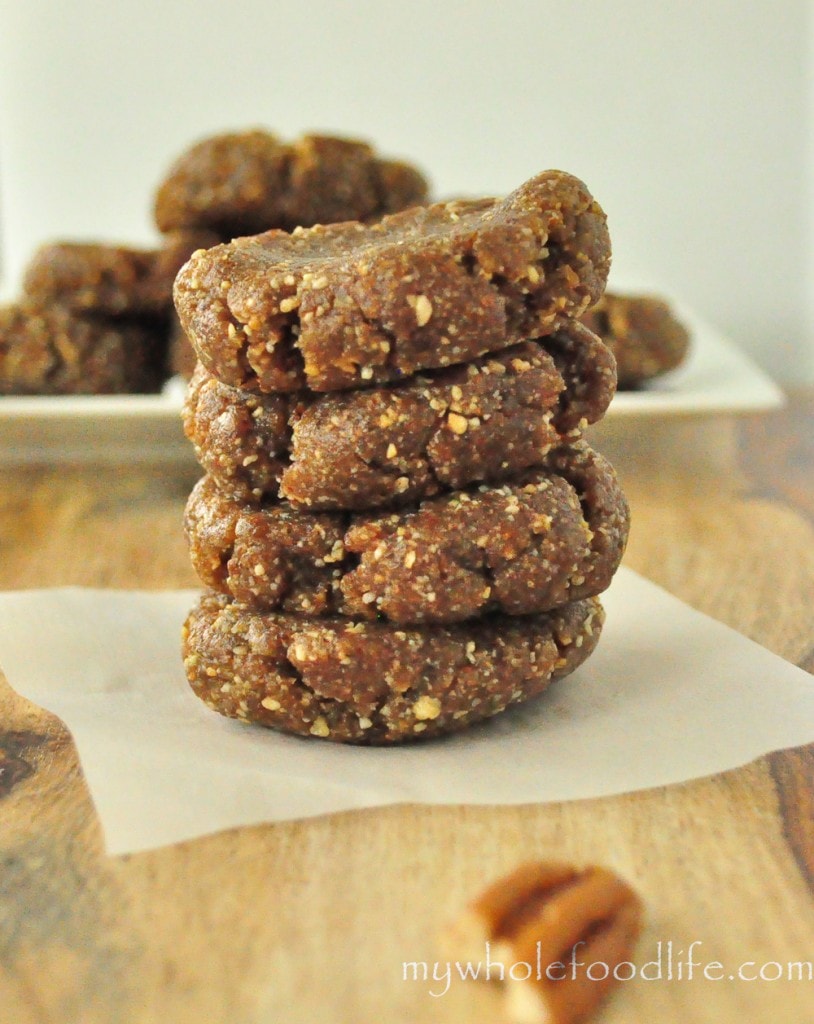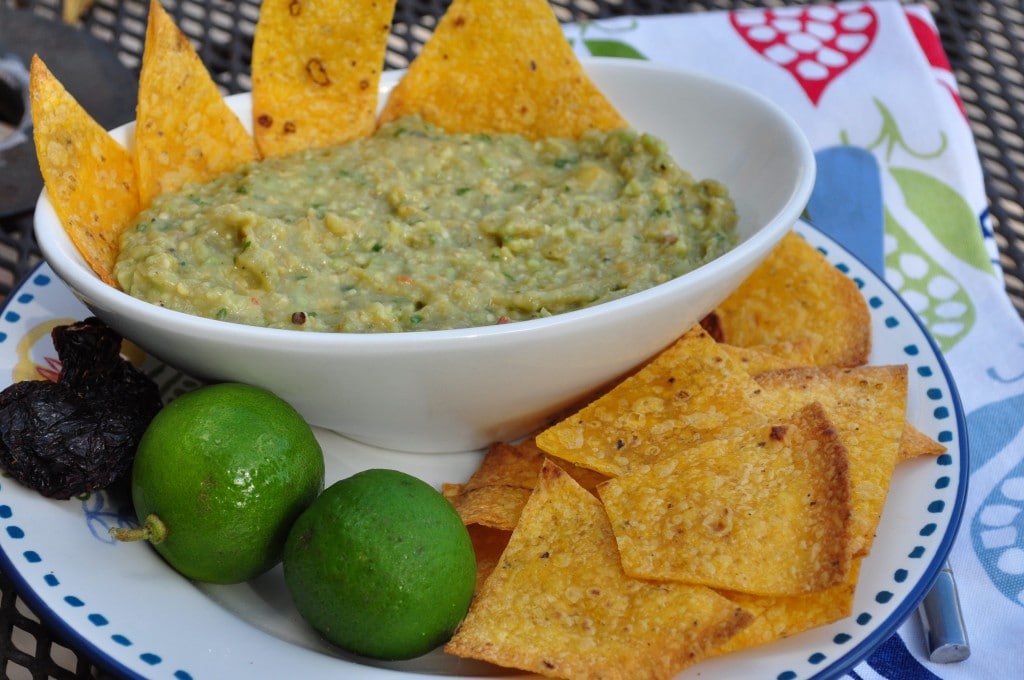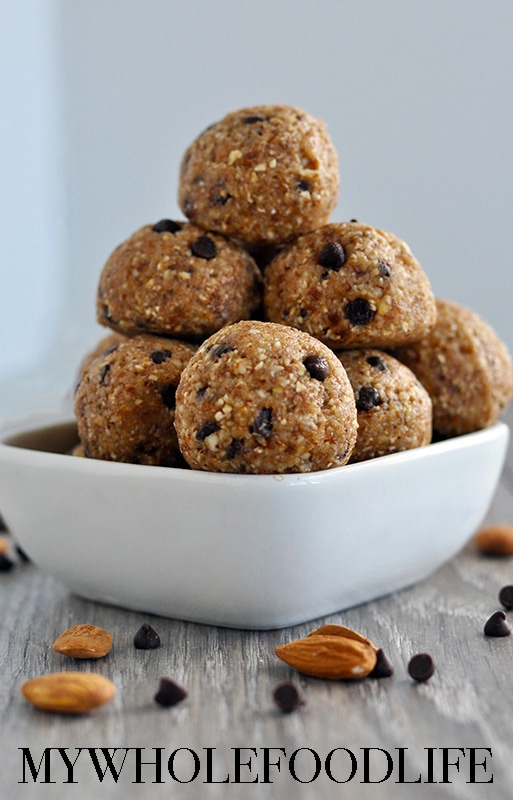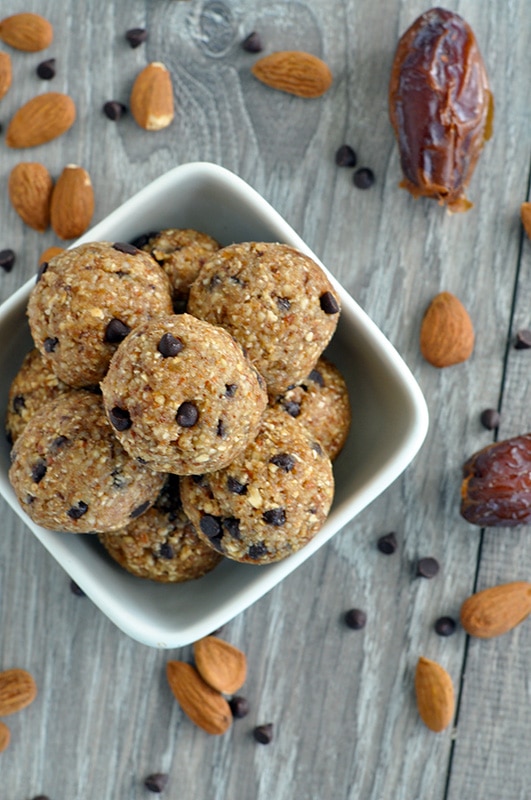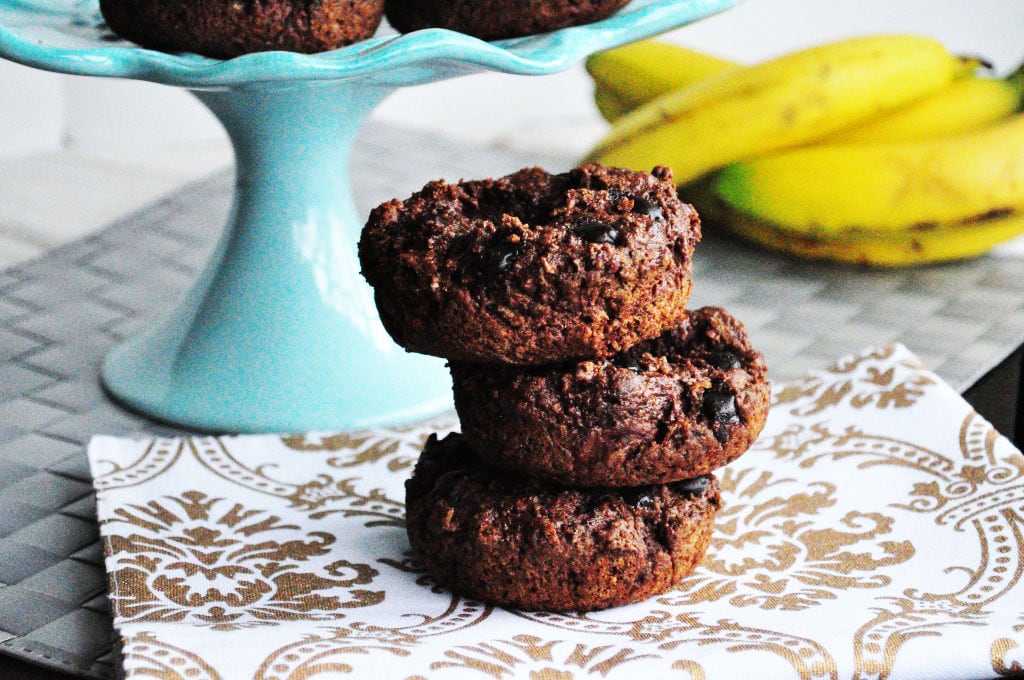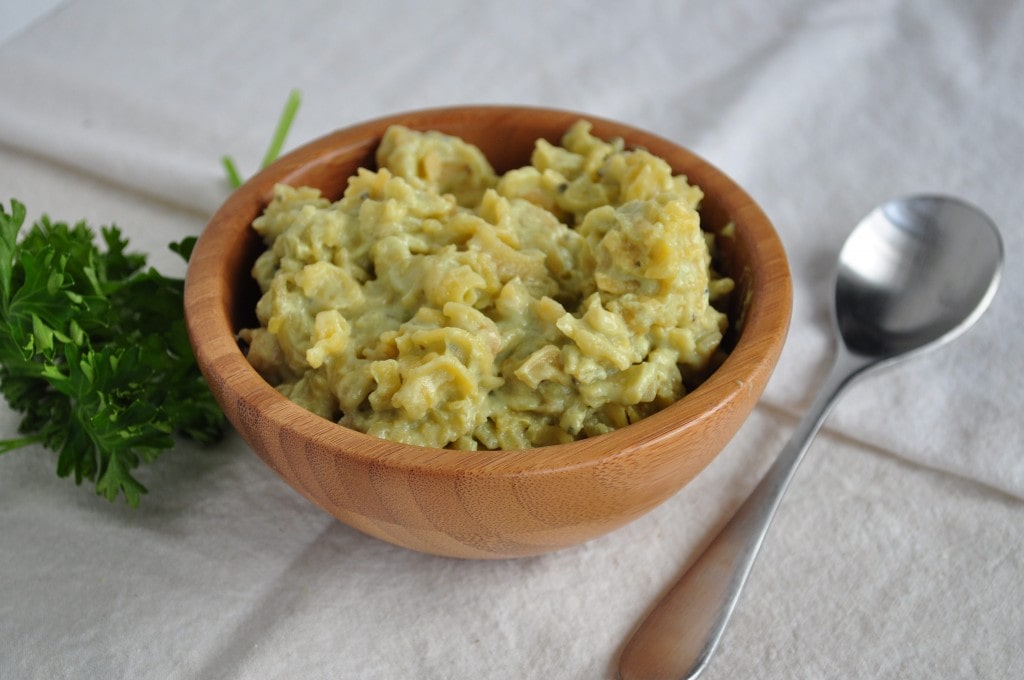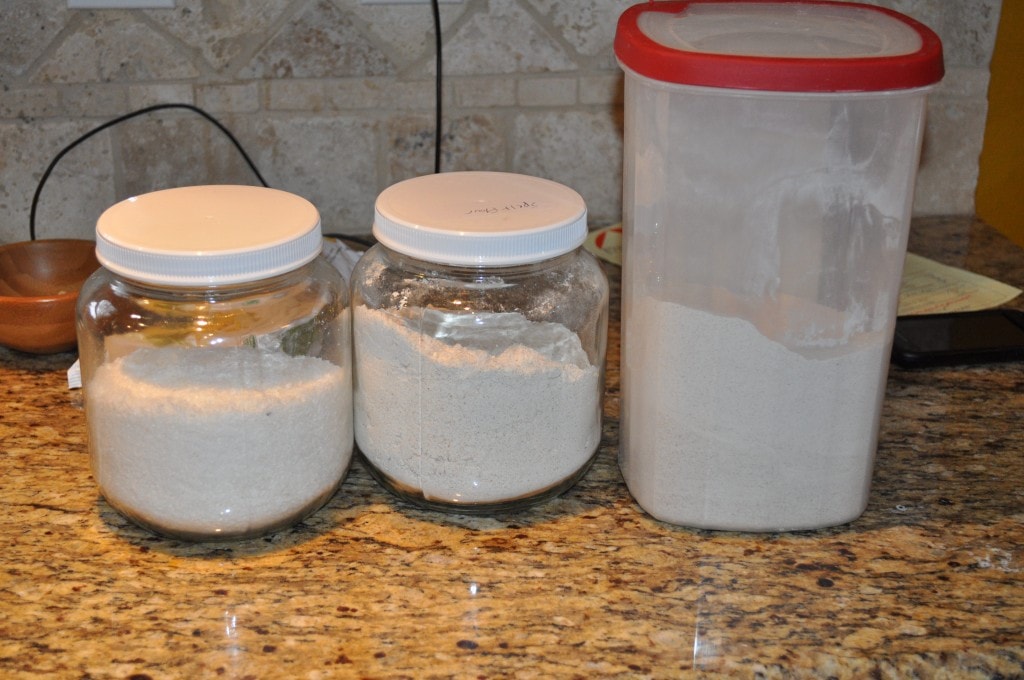
Okay, there is so much information out there. First, you need to understand all the additives, different types of sugars, flours and oils. Man, it can make your head spin! So, I am going to try to break down some commonly used flours for you.
Almond – Almond flour is gluten free and you can easily make your own by grinding up some raw almonds in a powerful blender like a Vitamix. Because almond flour contains no gluten, it will need to be used in combination with other fours. Adding almond flour to baked goods is a great way to boost your protein.
Spelt – Spelt is an ancient grain that contains a low amount of gluten. It may be suitable for those with a gluten sensitivity, but not for those with celiac disease. I love using spelt in baking, because it produces a fluffy lighter texture than whole wheat flour.
Whole wheat – Whole wheat flour is very dense in texture. I think it makes a hearty bread or pizza crust, but doesn’t work well in all baking. It has a stronger flavor too.
Whole Wheat Pastry Flour – Whole wheat pastry flour, like spelt, is much lighter in texture. It also works well in baked goods. With all three of these flours, you need to be careful not to over work the dough. It will make for a tough end result.
White Whole Wheat – I always thought that white whole wheat flour was not as healthy, but I was wrong. When I did some research on it, I found that white whole wheat flour is a whole grain. It’s just made from a different species of wheat that does not contain wheat bran. Therefore, leaving it lighter in color. It is well suited for use in baking and produces a light and fluffy texture.
Oat – Oat flour can be gluten free, but you have to read the labels to make sure the oats were not produced in a factory that also produces wheat products. You can actually make oat flour yourself by grinding up rolled oats in the food processor. Oat flour naturally does not contain gluten so it does not bind together. It needs to be used in combination with other flours.
Brown Rice – Brown rice flour is gluten free, but it does not bind well by itself. It needs to be used in combination with other flours for gluten free baking. I do like using it as a thickening agent in sauces.
Chickpea – Chickpea flour is made from chickpeas. I think it produces a very dense end product in baking. I like using it if I am going to make brownies or bars, but not so much for muffins or cookies.
Coconut – Coconut flour absorbs moisture so you will need to add a little extra to your recipes. I love using it because it not only incorporates so much flavor, but texture too. If you are going to use coconut flour in baking, you will need to add an egg or egg substitute. Almost all coconut flour recipes call for at least one egg to be used as a binder.
Quinoa – Quinoa flour, like chickpea, is a great way to add protein to a baked good. Quinoa is a complete protein all on it’s own, but for baking, I would suggest combining it with other flours in a recipe. Quinoa flour is also gluten free.
Sorghum – Sorghum flour is naturally gluten free and it is used in a lot of gluten free baking. Since there is no gluten, it will not bind well and needs either a binding agent or to be used in conjunction with other flours. Sorghum also produces a dry and crumbly baked good so more liquid will need to be added to the recipe.
Buckwheat – Buckwheat flour comes from buckwheat groats. Buckwheat flour is naturally gluten free and easily digested. It works well in making breads and pancakes. It has a strong and bitter taste.
Rye – Rye flour is a darker flour that is often used to make pumpernickel or rye breads. It has a very low glycemic index so it would be a good option for diabetics.
Millet – Millet flour comes from grain millet and it naturally gluten free. Since there is no gluten in millet, it should be used in combination with another flours or a binding agent needs to be used.
One of my readers gave me this valuable information when it comes to gluten free baking:
If you ever want to convert a regular baking recipe to gluten free I have a tip to share If you keep sorghum flour, brown rice flour and either a gluten free mix or tapioca flour, coconut flour, etc on hand, you can sub out quite easily. For example if your recipe called for 1.5 cups of flour you could do 1/2 cup sorghum, 1/2 cup brown rice, 1/4 mix and 1/4 cup coconut, etc. You don’t even have to be real precise in my experience as most gluten free mixes are mostly the rice flours, make sure the sorghum and rice are the larger quantity and if using almond four don’t have it anymore than 1/3 of the flour if you’re substituting it for something. You can add up to 1/4 tsp of xanthan gum but that’s not always even necessary. Usually turns out pretty great.
I have yet to try quinoa, millet or sorghum flours, but I have tried all the rest on here. If you think I may have left one out, please feel free to add it in the comment section of this post.

